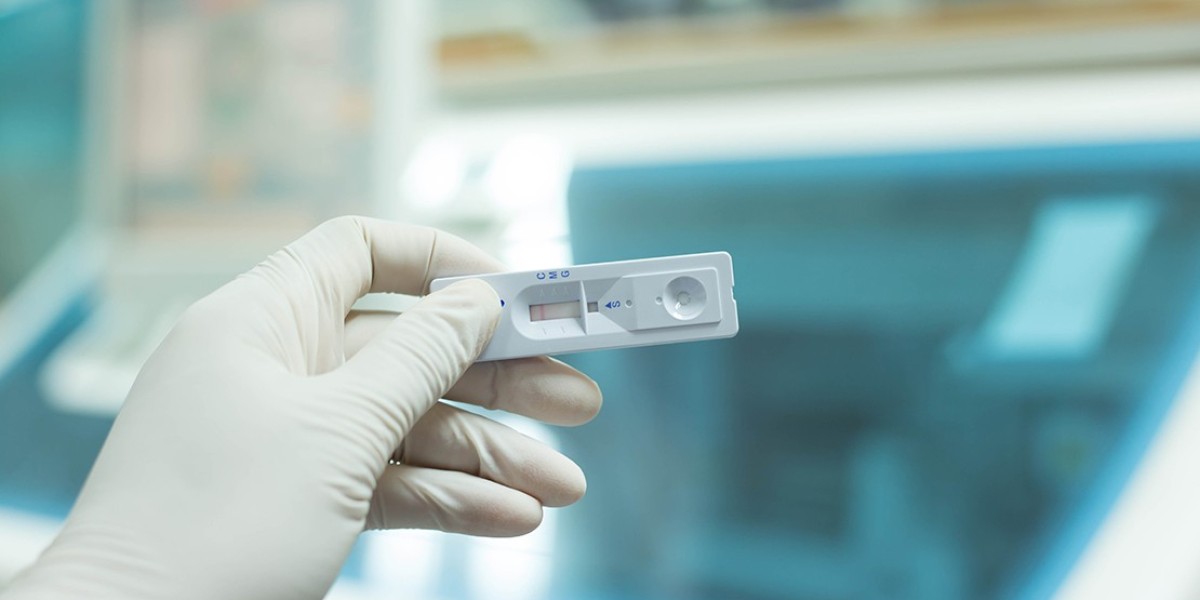Emergence of Point-of-Care Testing
Point-of-care testing (POCT) has emerged as an important diagnostic approach in the past decade. POCT delivers test results to patients within hours of sample collection, enabling quick clinical decisions. Several handheld and portable devices have been developed that can perform complex analyses outside traditional laboratory settings. This has made testing faster and more accessible for patients. POCT is especially useful in emergency rooms, rural areas, and developing countries where laboratory infrastructure and trained personnel may be limited. It helps address issues like timely treatment initiation.
Advances in Diagnostic Technologies
Key technological advances have facilitated the rise of POCT. Miniaturization of components has allowed complex analyzers to be designed in compact formats. Microfluidics technologies help automate sample preparation and analysis on miniature fluidic chips. Biosensors based on principles like electrochemistry, optics and microcantilevers can detect biomarkers in tiny sample volumes. Advanced materials like graphene and nanoparticles are finding applications as detection elements. Further, wireless data transmission and cloud connectivity enable real-time reporting of results to clinics. All these advances have helped overcome past limitations of portability, speed and ease-of-use of diagnostic devices.
Rapid Tests for Infectious Diseases
Infectious diseases are a major area where Rapid Diagnostics can make a big difference. Many POCT kits now offer results for diseases like influenza, HIV, hepatitis, tuberculosis, pneumonia and sepsis within 30 minutes. This enables quick initiation of appropriate treatment and infection control measures. During outbreak scenarios, rapid identification of pathogens can help mount timely public health responses. Fever screening at airports using thermal cameras coupled with rapid antigen tests for viruses like COVID-19 facilitates screening of large populations on the move. Such deployment of rapid tests has played a key role in managing the current pandemic.
Cardiac Marker Tests
Rapid POCT kits are increasingly used for cardiac marker tests to detect heart attacks. Tests for troponin and CK-MB levels which traditionally required centralized laboratory analysis can now be performed at hospitals and clinics. This allows clinicians to assess patients, establish diagnoses, and initiate treatment protocols much faster in emergency settings. Early rule-out of heart attacks using high sensitivity troponin tests has significantly reduced hospital admission times. Rapid rule-in capabilities in selected patients help expedite primary angioplasty for restoring blood flow to the heart. This demonstrates the clinical impact that rapid diagnostics can have for time-critical conditions.
On-Site Drug and Toxicology Testing
Testing for drugs-of-abuse and toxicology parameters is another growing application area. Law enforcement agencies and workplace testing increasingly rely on handheld immunoassay test kits for rapidly screening samples on location. Tests for cocaine, amphetamines, opiates, benzodiazepines in urine, saliva or blood deliver results within minutes. This enables making prompt decisions regarding arrests or sending individuals for further confirmatory testing. Rapid alcohol screening kits are used by police for determining driving under the influence. Such on-site toxicology screening provides significant advantages over sending samples to centralized labs.
We can expect accelerated development of microfluidic lab-on-chip systems, smartphone-compatible devices and wearable biosensors for continuous health monitoring. Integrating AI and machine learning can make data analysis from diagnostics more automated and sophisticated. Applications in new areas like cancer screening, genetic testing and monitoring therapy response are on the horizon. However, factors like regulatory approvals, high development costs, supply chain complexities, user-training needs still pose challenges. Demonstrating accuracy, reliability and cost-effectiveness compared to conventional methods is also important. With continued technological innovations and experience from current technologies, rapid diagnostics will increasingly transform healthcare delivery over the coming decade.
Get More Insights on Rapid Diagnostics
Discover the language that resonates with you-
French German Italian Russian Japanese Chinese Korean Portuguese
About Author-
Priya Pandey is a dynamic and passionate editor with over three years of expertise in content editing and proofreading. Holding a bachelor's degree in biotechnology, Priya has a knack for making the content engaging. Her diverse portfolio includes editing documents across different industries, including food and beverages, information and technology, healthcare, chemical and materials, etc. Priya's meticulous attention to detail and commitment to excellence make her an invaluable asset in the world of content creation and refinement.
(LinkedIn- https://www.linkedin.com/in/priya-pandey-8417a8173/)










